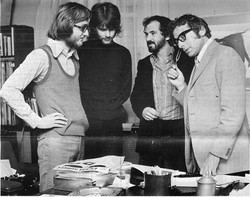 Recorded in Studio Three of London's famous Abbey Road Studios, the first session began with just Syd Barrett and producer Malcolm Jones, on April 10th 1969.
Recorded in Studio Three of London's famous Abbey Road Studios, the first session began with just Syd Barrett and producer Malcolm Jones, on April 10th 1969.
Malcolm Jones (pictured, second left, in 1971) had his own record label, Harvest Records, which had been bought out by E.M.I.
He tended to sign up the more alternative bands and artists, who were big on the London underground scene at the time. He was also a big Syd Barrett fan.
It was this which had already seen him approaching his E.M.I. colleagues about bringing Syd back into the studio. They had been wary. While Syd was still under contract to them, his mental fragility had nearly cost them Pink Floyd. There was understandably some reluctance to risk unproductive and costly sessions on him.
Malcolm had let it drop, but then was prompted into rekindling the idea when he received a call from Syd himself. Fresh out of rehab, the artist seemed utterly together. The fan in Malcolm rose to the fore, desperate to hear another album. He contacted E.M.I. again offering to produce it.
There was a plan B too. If E.M.I. had said no, then Malcolm would have pointed out that they couldn't morally keep Syd bound to his Pink Floyd contract. Once freed, Malcolm would have simply signed him to Harvest Records and all risk would have been on his own head.
It never came to that. E.M.I. were willing to give their errant genius a chance. After the third session, with so many amazing tracks coming out, they were also willing to give him all of the time that he needed. This is what Malcolm Jones knew, because he negotiated the deal.
It runs contrary to later stories that E.M.I. were frustrated with progress and had to call the remaining members of Pink Floyd in to save the day. That story didn't even surface until seven years later; and it's rumor retrospectively applied as fact.
The list of songs, as they appeared on The Madcap Laughs, is below. I'm going to introduce them chronologically, in the order that they were recorded. This is for narrative coherency, so I can tell the story through them.
This is slightly more difficult than it looks, because songs may be revisited in later sessions. Backing tracks and dubs are created to polish them for public listening. I've opted for when the master take was first made in discussing it here.



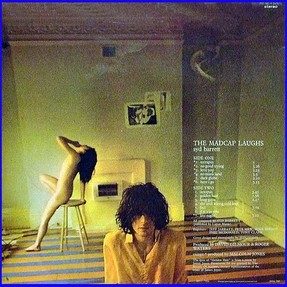 You are staring at an album cover, so let us start there. The internet leeches colors, but the original photograph shows the floorboards to be alternately bright orange and blue.
You are staring at an album cover, so let us start there. The internet leeches colors, but the original photograph shows the floorboards to be alternately bright orange and blue.





 Recorded in Studio Three of London's famous Abbey Road Studios, the first session began with just Syd Barrett and producer Malcolm Jones, on April 10th 1969.
Recorded in Studio Three of London's famous Abbey Road Studios, the first session began with just Syd Barrett and producer Malcolm Jones, on April 10th 1969.

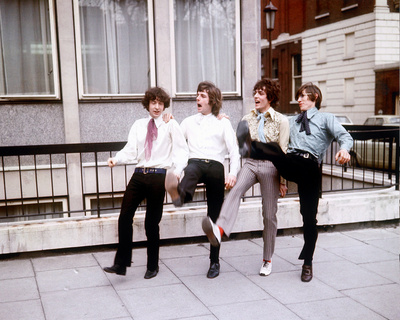
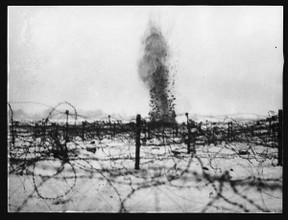 Syd Barret was born in 1946, a year after the end of the Second World War. He belonged to a generation whose fathers and grandfathers had been sacrificed to the battlefields of Europe. His generation got the Summer of Love instead.
Syd Barret was born in 1946, a year after the end of the Second World War. He belonged to a generation whose fathers and grandfathers had been sacrificed to the battlefields of Europe. His generation got the Summer of Love instead.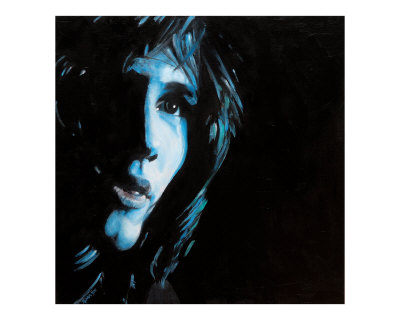
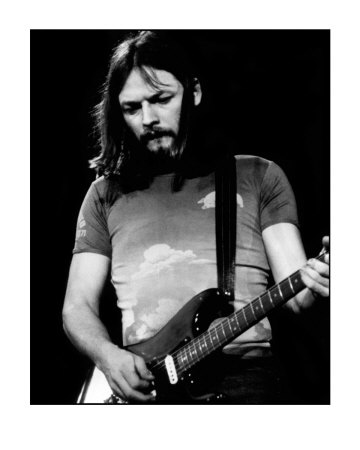







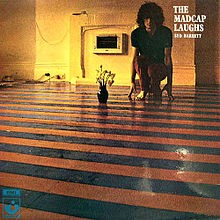

 St Tydecho's Churches in West Waleson 09/03/2014
St Tydecho's Churches in West Waleson 09/03/2014
 Goodies for an Outlander Premiere Partyon 03/06/2015
Goodies for an Outlander Premiere Partyon 03/06/2015
 Holocaust Memorial Day Interview with Rainer Höss, Grandson of Rudolf Architect of Auschwitzon 01/24/2015
Holocaust Memorial Day Interview with Rainer Höss, Grandson of Rudolf Architect of Auschwitzon 01/24/2015
 Romantic Valentine Gifts for an Outlander Fanon 01/16/2015
Romantic Valentine Gifts for an Outlander Fanon 01/16/2015



Comments
Very interesting article. It was a pleasure to read it. Thanks for your work! :-)) And Merry Christmas
'Perhaps we could make the middle darker and maybe the end a bit more middle-afternoonish (because) at the moment, it's too windy and icy.' I love this. Syd experienced the phenomenon of synesthesia. It's a condition where someone spontaneously perceives sounds, letters and numbers as colours. His sister Rosemary once said that when he was little, Syd used to always tell her what colour a song was to him. That person can also relate certain types of music to times of the day, the weather and seasons of the year. For example, when I hear "Games People Play" by Alan Parsons Project or "Why Me?" by Planet P Project, I spontaneously connect both songs as driving on a cool starry night with windows down. A fascinating man our Roger was.
I would love a remix by Malcolm Jones. That would be amazing.
Jones was really trying to get the best out of Syd though, while it was in the interests of Pink Floyd to fluster him.
A very touching review... my wife and I discussed (and still do!) for years over "the madcap". And we always conclude in favor of the Malcolm Jones sessions. The 'Have you got it yet' box makes it ever so painfully clear, these sessions were quite simply superior. A remix by Malcolm Jones would be something to look forward to :)
Not only on the list, but moving higher up it as we speak.
It's now on my To Do list. :)
I certainly would. I meant to do it back when I was writing this one, but got side-tracked and never made it back.
Thank you very much. It's a brilliant album to have written about, so not quite as much labour as love.
<3
<3